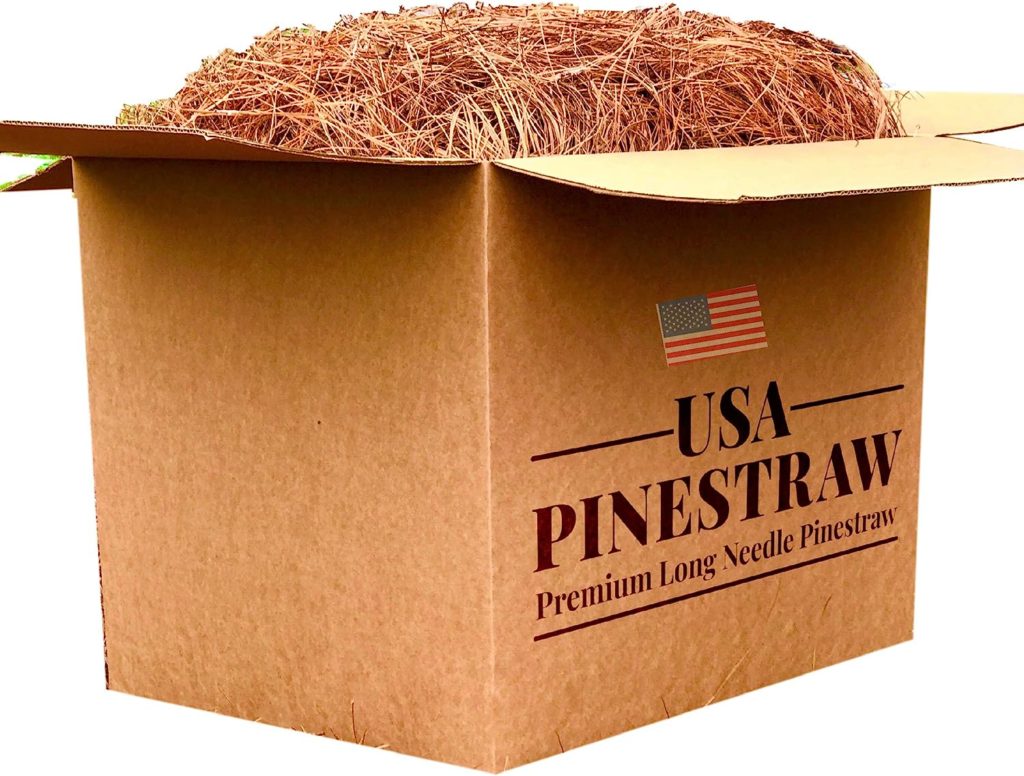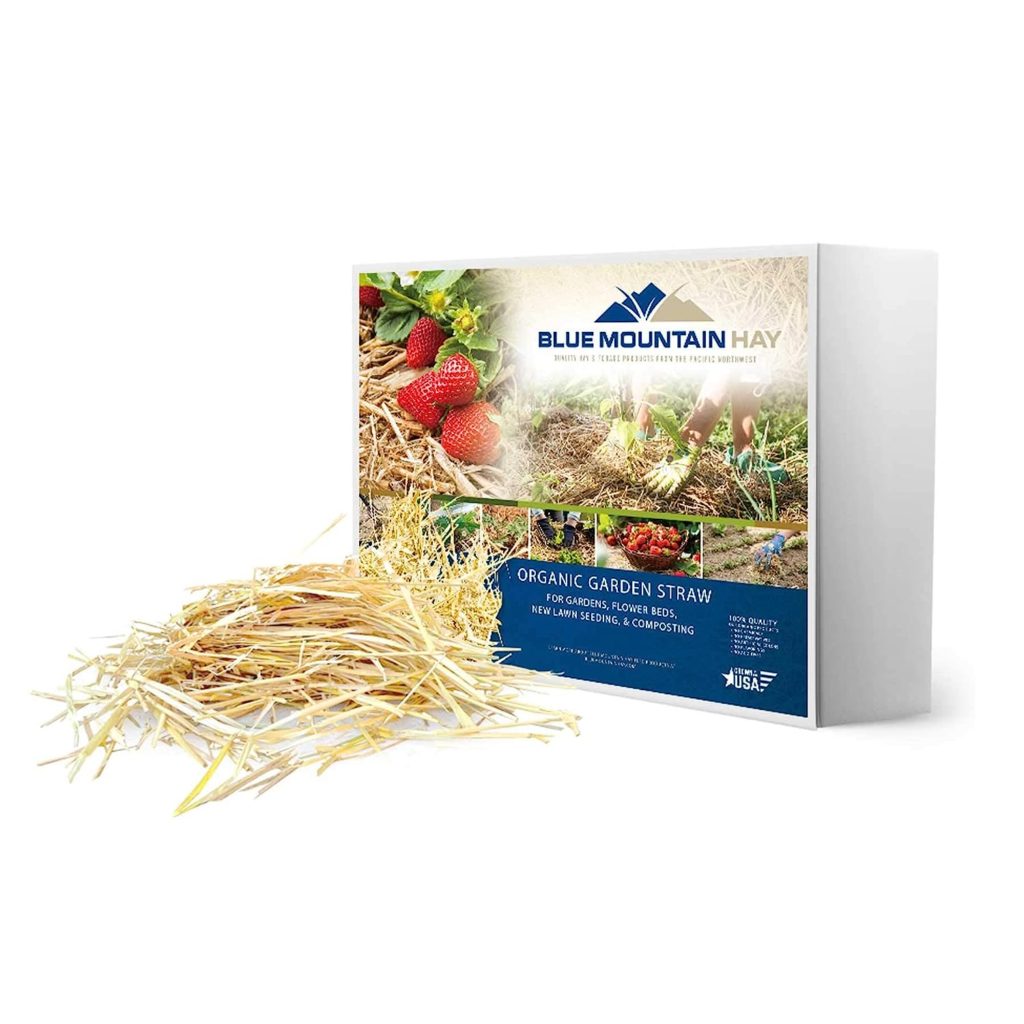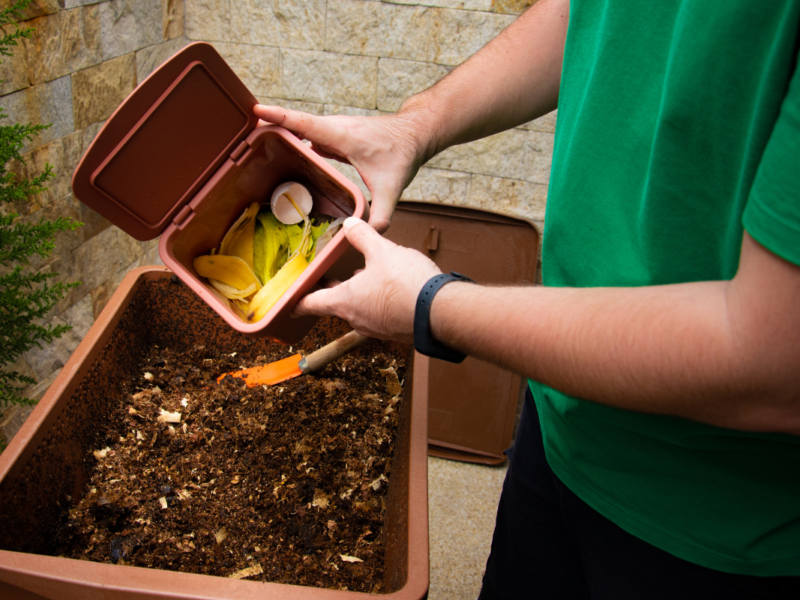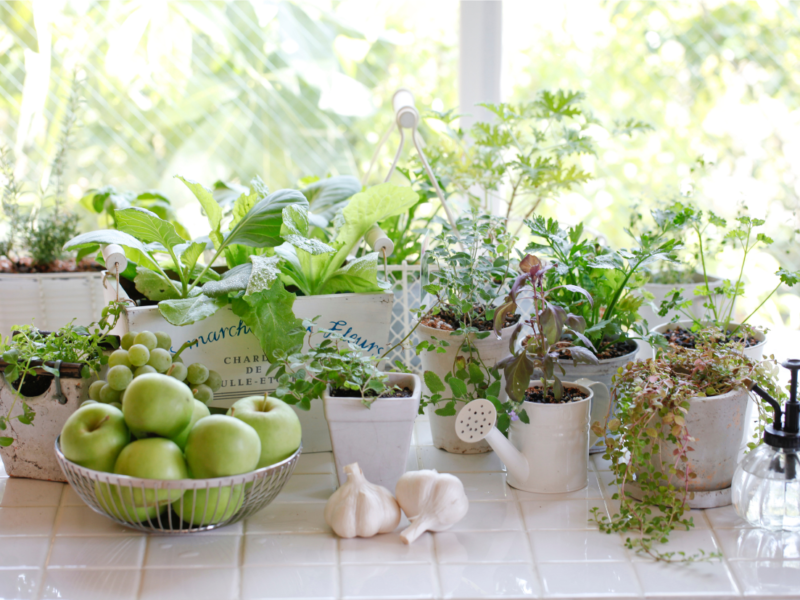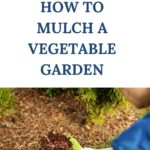Mulching promotes healthy plant growth, conserves water, and improves soil fertility. We can create a thriving vegetable garden by implementing permaculture principles and using eco-friendly materials while minimizing environmental impact. This post is all about how to mulch a vegetable garden in ways that are better for the garden’s ecosystem and your food. Let’s dive into sustainable mulching methods and discuss how to incorporate them into your vegetable garden haven!
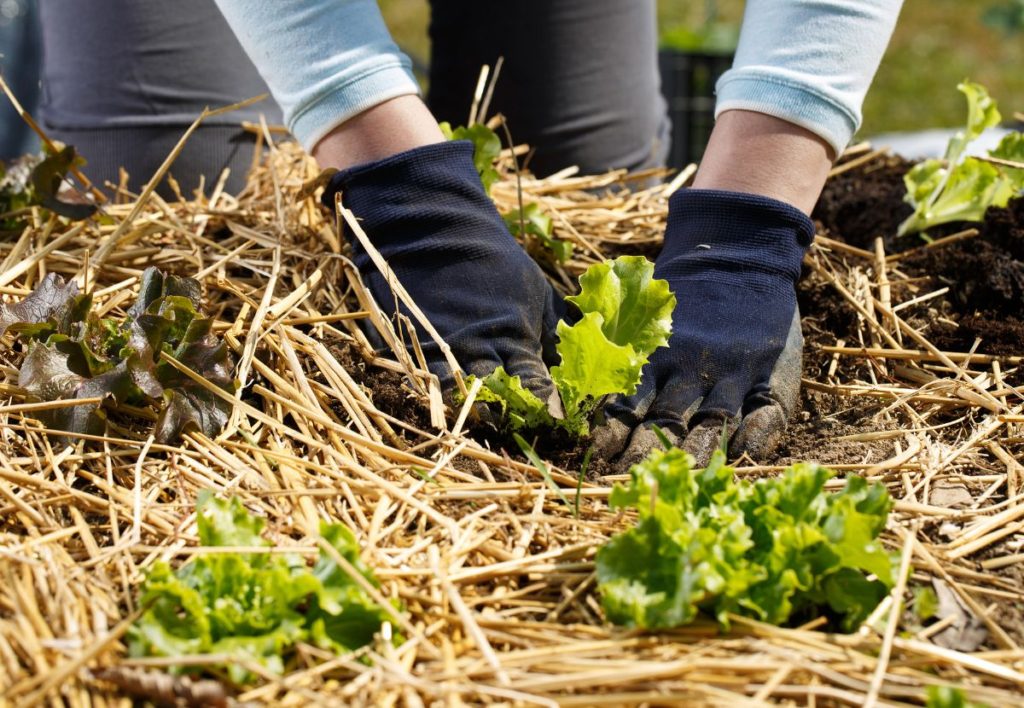
Think Before You Mulch
Conventional types of mulch are widely used in gardening and landscaping practices. These mulches are typically made from non-organic materials and provide immediate benefits such as weed suppression, moisture retention, and erosion control.
Some common examples of conventional mulch include rubber mulch, landscape fabric, and gravel.
Rubber mulch, made from recycled tires, is durable and does not decompose. Landscape fabric acts as a barrier against weeds, allowing water to penetrate the soil.
Gravel mulch provides a decorative option and aids in water drainage. While these mulches can be effective in certain situations, they need more organic matter and nutrient contribution than organic mulches provide.
Additionally, their long-term environmental impact and potential leaching of chemicals are factors to consider when opting for conventional mulch options.</p
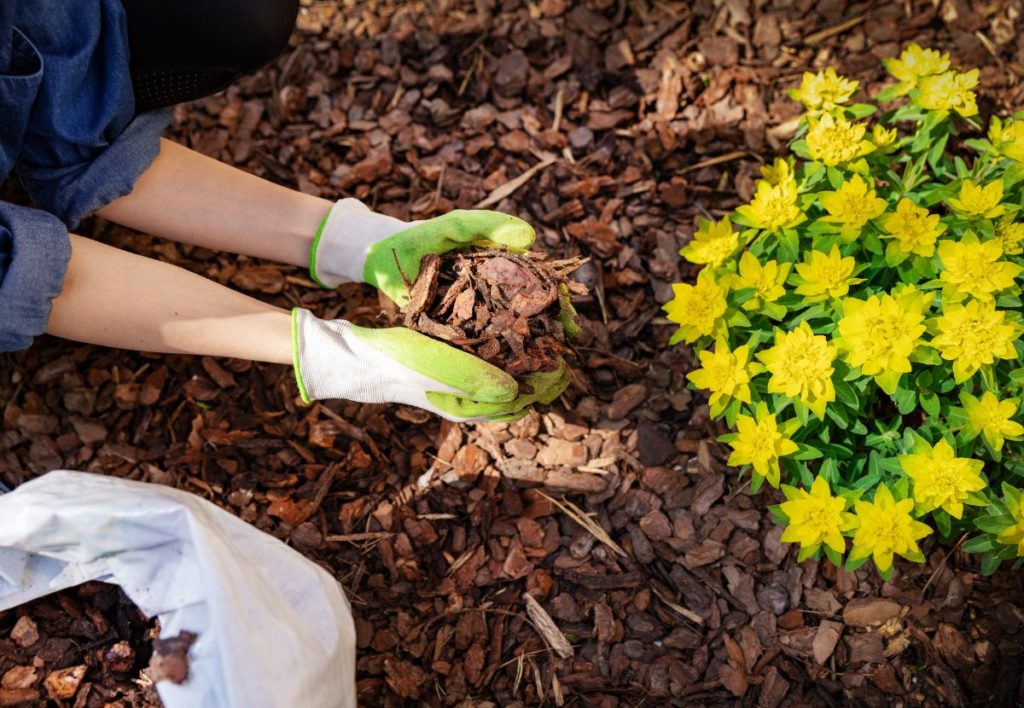
Problems With Non-Organic Garden Mulch
Non-organic mulches like rubber mulch and polyester landscape fabric may have potential drawbacks and environmental concerns.
Rubber mulch, although durable, does not break down over time and can accumulate in the environment, posing challenges for waste management.
It can also release chemicals and toxins into the soil, affecting plant health and potentially leaching groundwater.
While effective in suppressing weeds, landscape fabric can hinder soil aeration and nutrient cycling. It can also become clogged with organic matter, making it difficult for plants to establish healthy root systems.
Store-bought colored mulches, often made from dyed wood chips or bark, may contain chemical dyes that can leach into the soil and harm beneficial soil organisms.
These dyes can also fade or bleed, negatively affecting the garden’s aesthetic appeal. It is essential to weigh the potential risks of non-organic and colored mulches against their benefits.
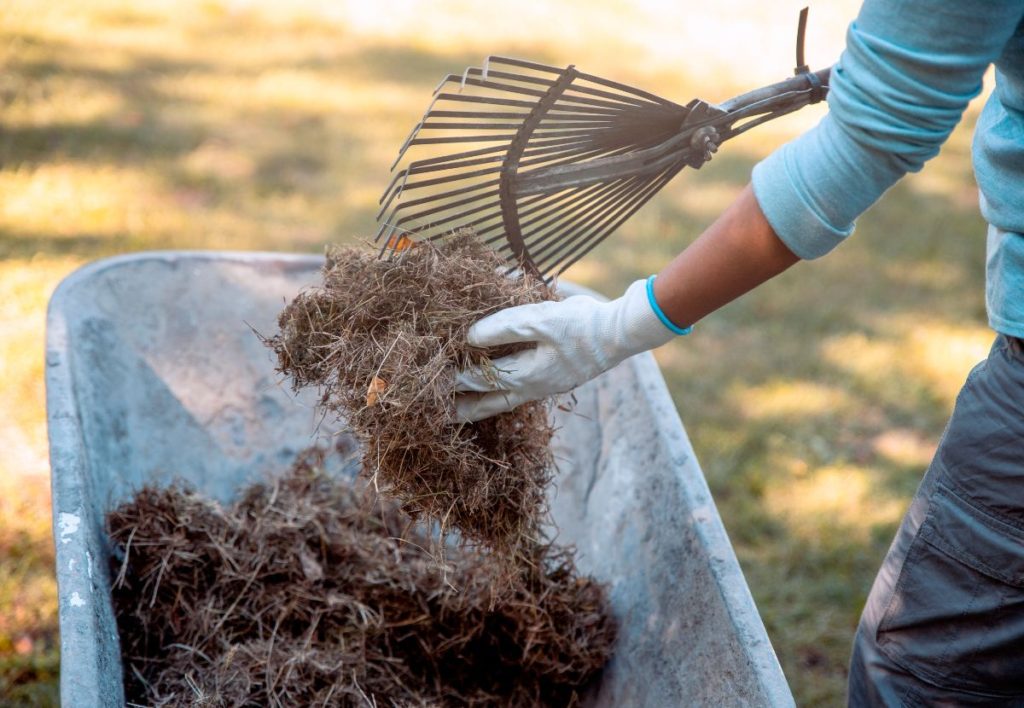
Benefits of Organic Mulch for the Vegetable Garden
Using organic mulch in a vegetable garden offers several benefits that contribute to the overall health and productivity of the plants. Here are some reasons why organic mulch is highly recommended:
Soil Health
Organic mulches break down over time, adding valuable organic matter to the soil. As they decompose, they release nutrients that nourish the plants and improve soil fertility. This helps create a nutrient-rich environment for vegetables to thrive.
Moisture Retention
Organic mulches act as a protective layer, reducing water evaporation from the soil surface. By conserving moisture, they help maintain optimal hydration levels for vegetable plants, reducing the need for frequent watering and providing a buffer against drought conditions.
Weed Suppression
Organic mulches create a physical barrier that inhibits weed growth by blocking sunlight. They also prevent weed seeds from germinating by providing a dense cover. This minimizes competition for resources, allowing vegetable plants to grow without being overshadowed or deprived of nutrients.
Temperature Regulation
Organic mulches help moderate soil temperatures by insulating the soil from extreme heat or cold. They provide a buffer against temperature fluctuations, protecting the delicate root systems of vegetable plants and promoting healthy growth.
Erosion Control
By covering the soil surface, organic mulches prevent soil erosion caused by wind or heavy rain. This is particularly important in vegetable gardens where exposed soil can be prone to erosion, leading to nutrient loss and destabilized plant roots.
Beneficial Soil Microorganisms
Organic mulches create a favorable environment for beneficial soil organisms, such as earthworms and beneficial bacteria. These organisms help break down organic matter, enhance soil structure, and contribute to nutrient cycling, creating a healthier garden ecosystem.
Sustainable and Eco-friendly
Organic mulches are typically derived from natural materials such as straw, leaves, wood chips, or compost. They are biodegradable, renewable, and contribute to reducing waste. Using organic mulches aligns with sustainable gardening practices and reduces the reliance on non-renewable resources.
Overall, organic mulches promote soil health, conserve water, suppress weeds, regulate temperature, prevent erosion, and support beneficial soil organisms. By incorporating organic mulches into your vegetable garden, you create a nourishing and sustainable environment that fosters robust plant growth and bountiful harvests.
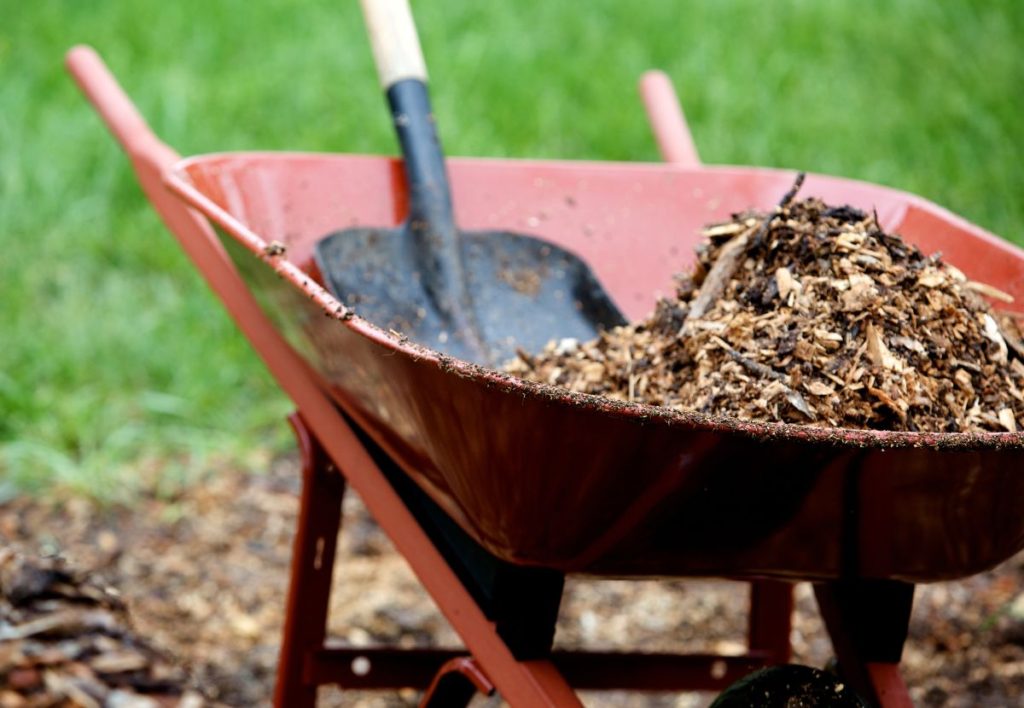
The Best Mulch Choices
When it comes to mulching your vegetable garden, using organic materials as mulch offers numerous benefits for plant health and soil fertility. Since organic mulches break down over time, they enrich the soil, retain moisture, suppress weeds, and promote a thriving ecosystem. Let’s explore some popular types of organic mulch that you can use in your vegetable garden.
Straw
Straw mulch, made from the stems of grain crops, is a lightweight and affordable option. It forms a protective layer that conserves moisture, suppresses weeds, and adds organic matter to the soil as it decomposes.
Read Next: Our List of Must-Have Garden Gifts and Supplies
Leaves
Fallen leaves, gathered and shredded, make an excellent free mulch option. They provide insulation, moisture retention, and weed suppression, gradually releasing nutrients as they break down. If you are a DIY-er like me, you need a SunJoe Mulcher. In my opinion, this is a great investment. It really makes for fast work when mulching.
Wood Chips
Wood chips from untreated hardwood or fruit trees create long-lasting mulch. They conserve moisture, regulate soil temperature, and gradually add organic matter to the soil.
Important Note: It’s best to use AGED wood chips to avoid nitrogen depletion. I learned this lesson the hard way!
I recommend avoiding store-bought wood chips unless specifically labeled “Organic.”
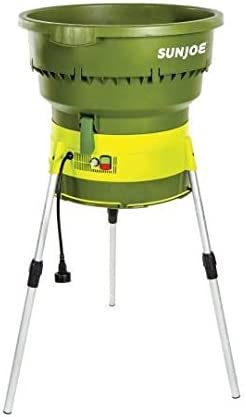
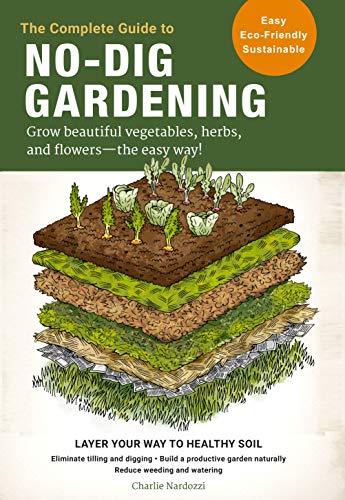
Compost
Compost, made from kitchen scraps and yard waste, is a nutrient-rich mulch that enhances soil fertility. Apply a layer of compost around plants to provide nutrients, improve soil structure, and suppress weed growth.
Grass Clippings
Fresh grass clippings provide weed control and moisture retention when used as mulch. However, using them in thin layers is essential to avoid matting and potential odor issues.
Using grass clippings as mulch in your vegetable garden fuels the soil with nutrients, and earthworms love it, but there is a risk of introducing grass seeds into your garden bed. Mow grass before it goes to seed to help prevent this from happening.
Cardboard and Newspaper
Layering newspaper or cardboard, preferably with a thin layer of organic mulch on top, can effectively suppress weeds. They break down over time and contribute to soil organic matter.
Pine Needles
Pine straw mulch, derived from pine needles, is a popular choice for acid-loving plants. It conserves moisture, suppresses weeds, and gradually decomposes, releasing organic matter and acidity into the soil.
Using a variety of organic mulches in your vegetable garden can provide a diverse range of benefits, improve soil health, and create a conducive environment for robust plant growth.
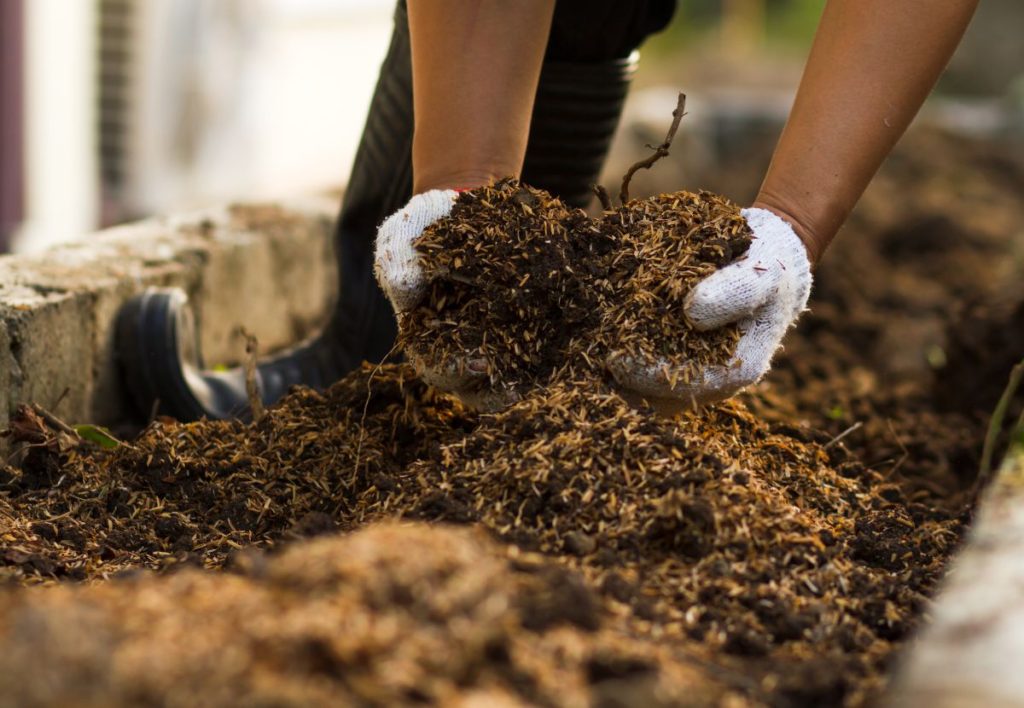
How to Mulch a Vegetable Garden to Reduce Tilling
No-till gardening is an environmentally friendly and sustainable approach to cultivating vegetable gardens. It involves minimizing soil disturbance and preserving its structure and natural ecosystem.
One key element in successful no-till gardening is the use of mulch. Mulch acts as a protective layer on the soil surface, providing numerous benefits. To effectively utilize mulch in a vegetable garden, start by clearing the garden area of any weeds or existing plants.
Then, spread a layer of organic mulch, such as straw, wood chips, or compost, around the vegetable plants, ensuring the soil is covered but not directly touching the stems. Mulch helps retain moisture in the soil, suppresses weed growth, and regulates soil temperature.
It also enriches the soil as it breaks down, improving its fertility and promoting beneficial microbial activity. By incorporating mulch into your no-till gardening practices, you can create a healthier and more productive vegetable garden while reducing the need for excessive watering and weeding.
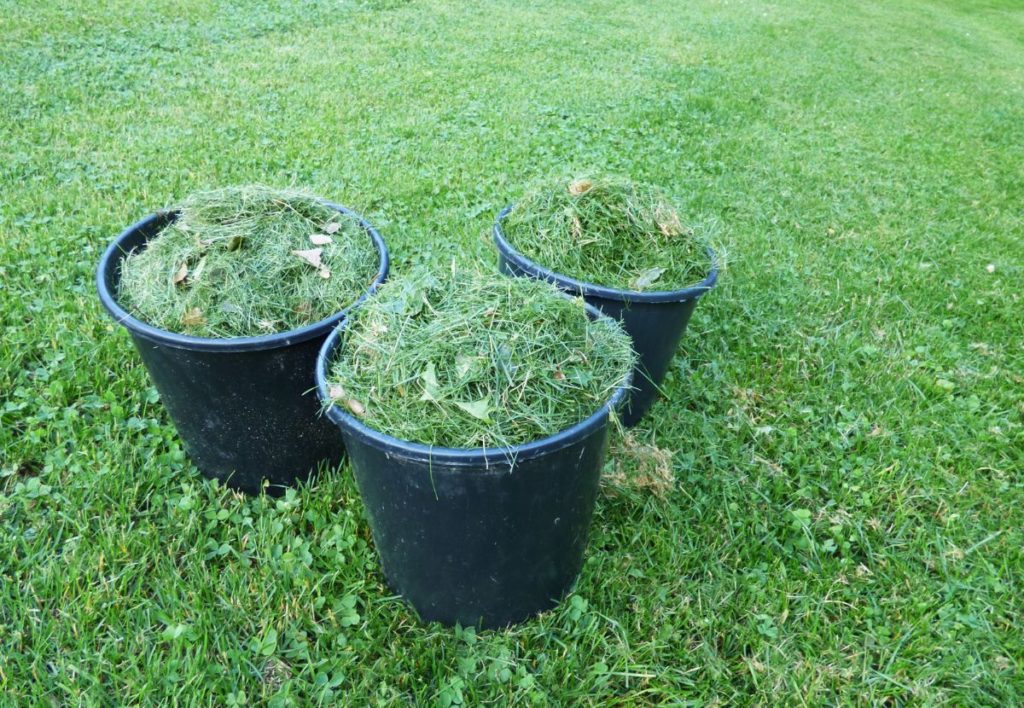
When is the best time to mulch a vegetable garden?
Mulching a vegetable garden is best done at the best time to maximize its benefits. Here are some guidelines on when to mulch a vegetable garden.
- After planting: Once you have planted your vegetable seedlings or seeds and they have established themselves, it’s an excellent time to apply mulch. This helps to conserve moisture and prevent weed growth around the plants.
- Early summer: Mulching in early summer, when the soil has warmed up, and the plants are growing vigorously, can be beneficial. It helps to maintain soil moisture during the hotter months and provides insulation to regulate soil temperature.
- Before weeds emerge: It’s essential to mulch before weed seeds germinate and establish themselves. Mulching prevents sunlight from reaching the soil surface, inhibiting weed growth and reducing the need for manual weeding.
- During dry periods: Mulching is particularly important if you are experiencing dry spells or live in an arid climate. Applying mulch helps retain soil moisture, reducing watering frequency and preventing drought stress in vegetable plants.
Remember to prepare the soil before mulching by removing any existing weeds and providing adequate plant water. Apply a layer of mulch, around 2 to 4 inches thick, leaving some space around the plant stems to prevent rotting.
Regularly monitor the moisture levels and adjust watering as needed. By timing your mulching correctly, you can enhance the health and productivity of your vegetable garden.
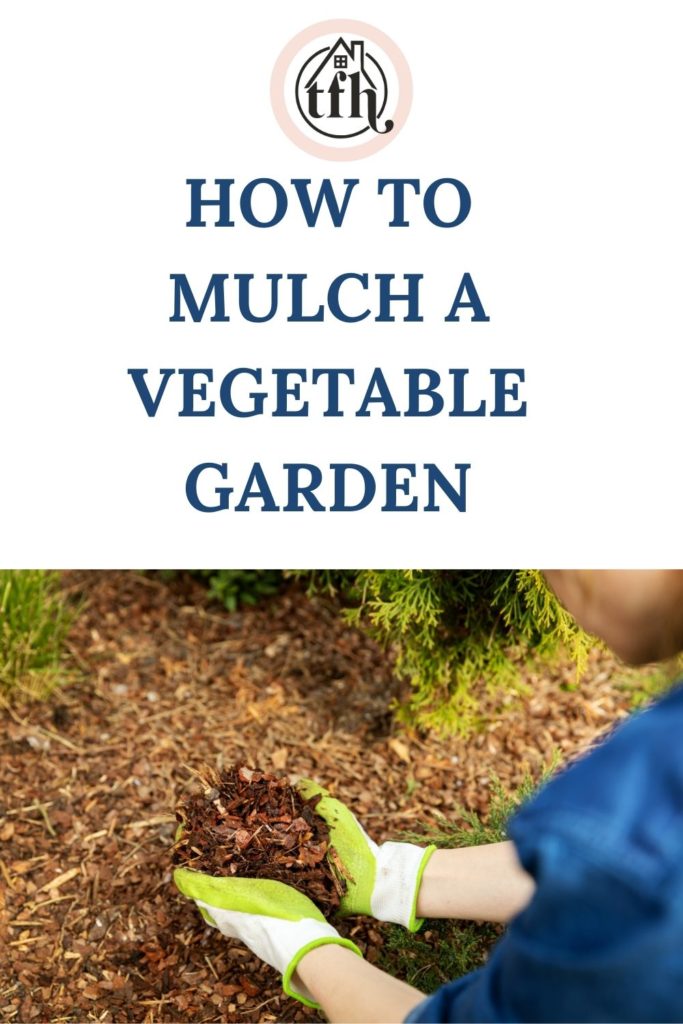
Mulching your vegetable garden using sustainable gardening methods and permaculture principles provides numerous benefits while reducing environmental impact. You can create a thriving and eco-friendly garden by selecting appropriate mulch materials, timing your application correctly, and following best practices. Adjust your mulching techniques for optimal results based on your specific gardening needs and local climate conditions. Most importantly, vary your mulches. Diversity is best for promoting a healthy, balanced garden ecosystem.
Read Next: The Smart Guide to Self-Sufficient Living Tips
